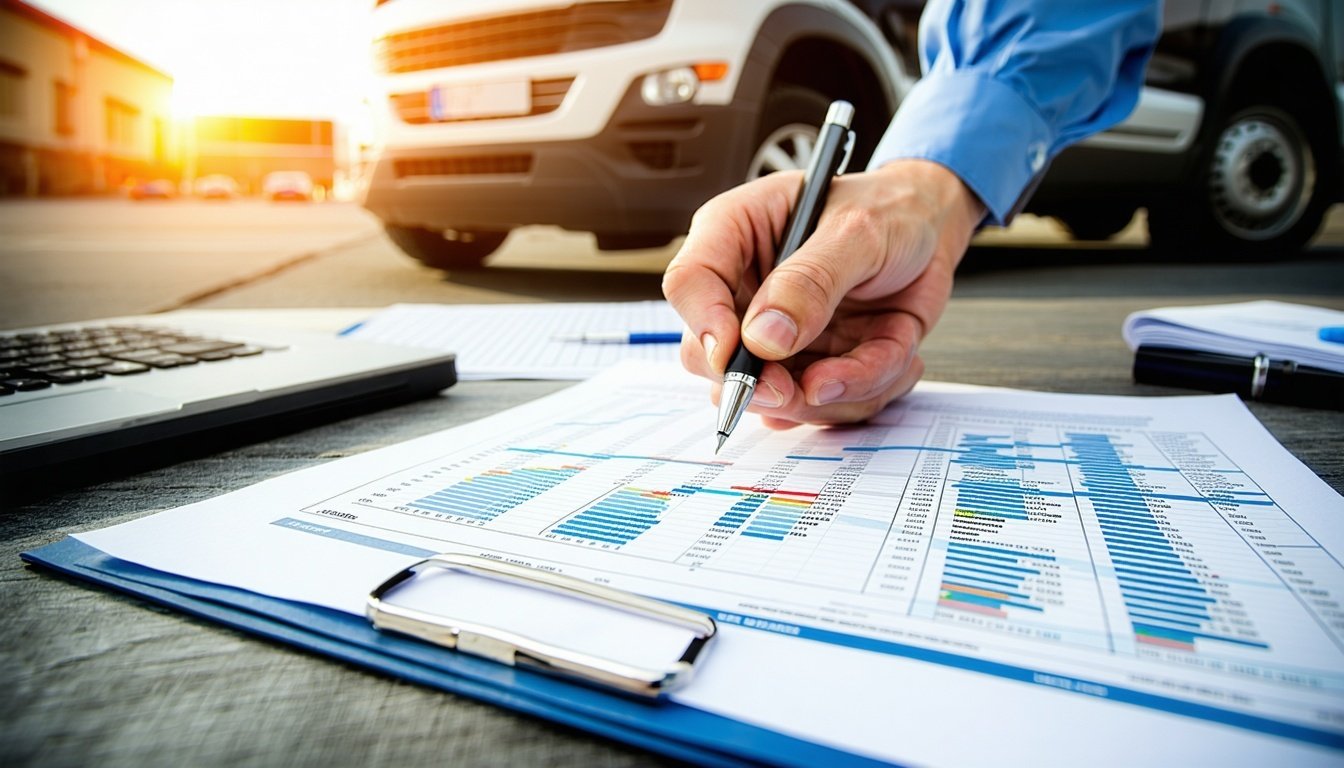The Impact of Equipment Leasing on Your Financial Statements
Leasing equipment isn’t just a smart way to save cash—it can also affect how your business appears on paper. Whether it’s a capital lease or an operating lease, each option impacts your financial statements differently. Understanding this is key to managing debt, equity, and profitability.
✅ Featured Snippet Answer:
How does equipment leasing impact financial statements?
Capital leases add assets and liabilities to the balance sheet. Operating leases affect only the income statement through monthly expenses.
Why It Matters
Investors, lenders, and stakeholders all look closely at your financials. Equipment leasing can change key metrics like:
-
Net income
-
EBITDA
-
Asset turnover
Understanding how leasing shows up on your financial reports helps you make strategic decisions—and keeps your books clean and investor-ready.
Capital Lease vs. Operating Lease: Financial Statement Impact
| Financial Statement | Capital Lease Impact | Operating Lease Impact |
|---|---|---|
| Balance Sheet | Records both an asset and a liability | No asset/liability recorded (pre-ASC 842) |
| Income Statement | Depreciation & interest expenses | Full lease payment as an operating expense |
| Cash Flow Statement | Splits payments: principal (financing), interest (operating) | Entire payment listed under operating activities |
| Key Ratios Affected | Debt-to-equity, ROA, current ratio | EBITDA, operating margin |
How Leasing Affects Each Statement
📊 1. Balance Sheet
-
Capital Lease: Adds both a “right-of-use” asset and a lease liability
-
Operating Lease (post-ASC 842): Adds asset and liability, but no ownership implied
-
Why it matters: Increases total liabilities and may affect loan covenants or financing terms
📊 2. Income Statement
-
Capital Lease: Two separate line items—depreciation and interest
-
Operating Lease: Lease payment shown as a single expense
-
Why it matters: Operating leases typically have a smaller impact on net income in early years
📊 3. Cash Flow Statement
-
Capital Lease:
-
Interest → Operating activities
-
Principal → Financing activities
-
-
Operating Lease:
-
Entire lease payment → Operating activities
-
-
Why it matters: Capital leases can improve operating cash flow but reduce financing cash flow
Key Metrics Leasing Can Affect
✅ Debt-to-Equity Ratio: Capital leases increase debt
✅ Return on Assets (ROA): Higher assets reduce ROA
✅ EBITDA: Operating leases lower EBITDA; capital leases don’t
✅ Net Income: Operating leases may have higher expenses in early years
Choosing the Right Lease Structure Based on Financial Impact
| Goal | Recommended Lease Type |
|---|---|
| Keep liabilities off the books | Short-term Operating Lease |
| Maximize EBITDA | Capital Lease (interest/dep. excluded) |
| Simplify accounting | Operating Lease |
| Increase asset base for ratios | Capital Lease |
Final Thoughts: Leasing Is More Than Just a Payment Plan
The impact of equipment leasing on your financial statements goes beyond just cost. It changes how your business looks to lenders, investors, and accountants. Choosing the right lease structure—and understanding its reporting implications—can give you a financial edge.
Take Action: Know Before You Lease
Before you sign a lease, ask your accountant or financing advisor:
-
❓ Will this be classified as capital or operating?
-
❓ How will it affect my balance sheet and cash flow?
-
❓ What’s the total impact on financial ratios?
Leasing can be a financial strategy—if you use it wisely.











